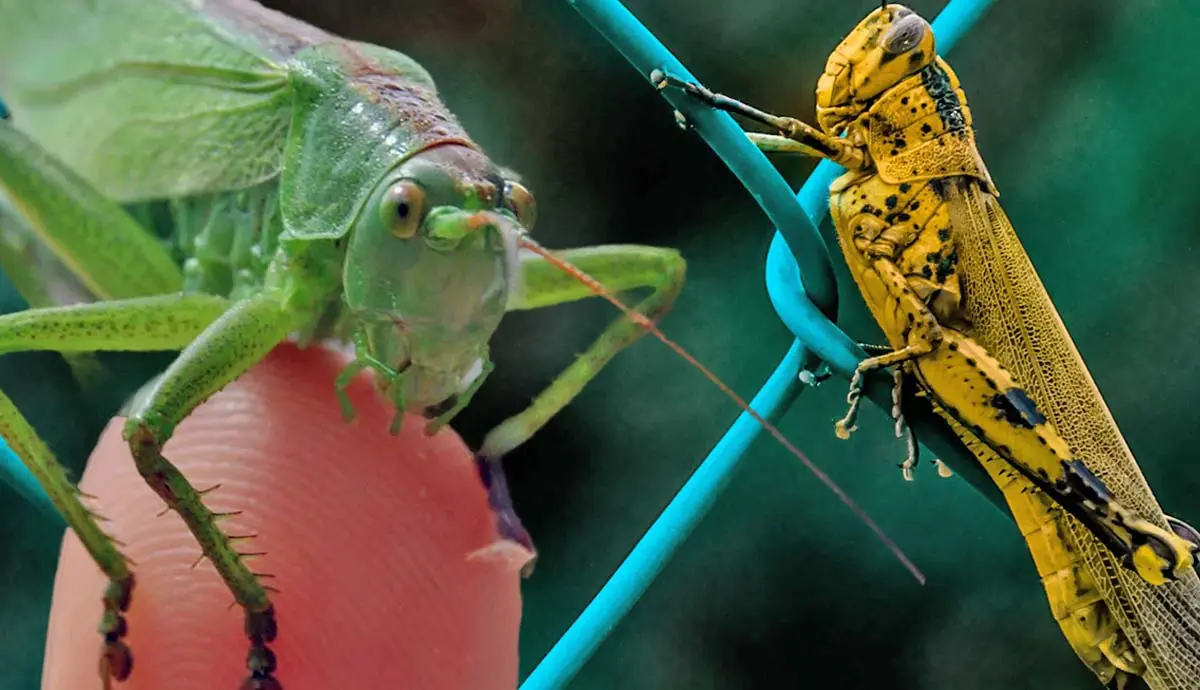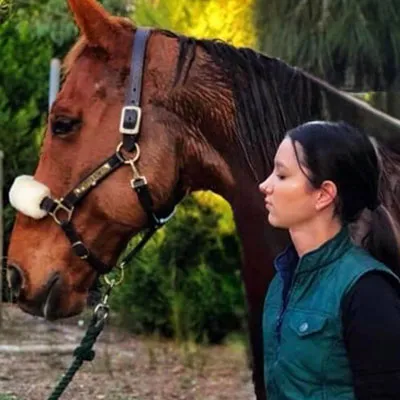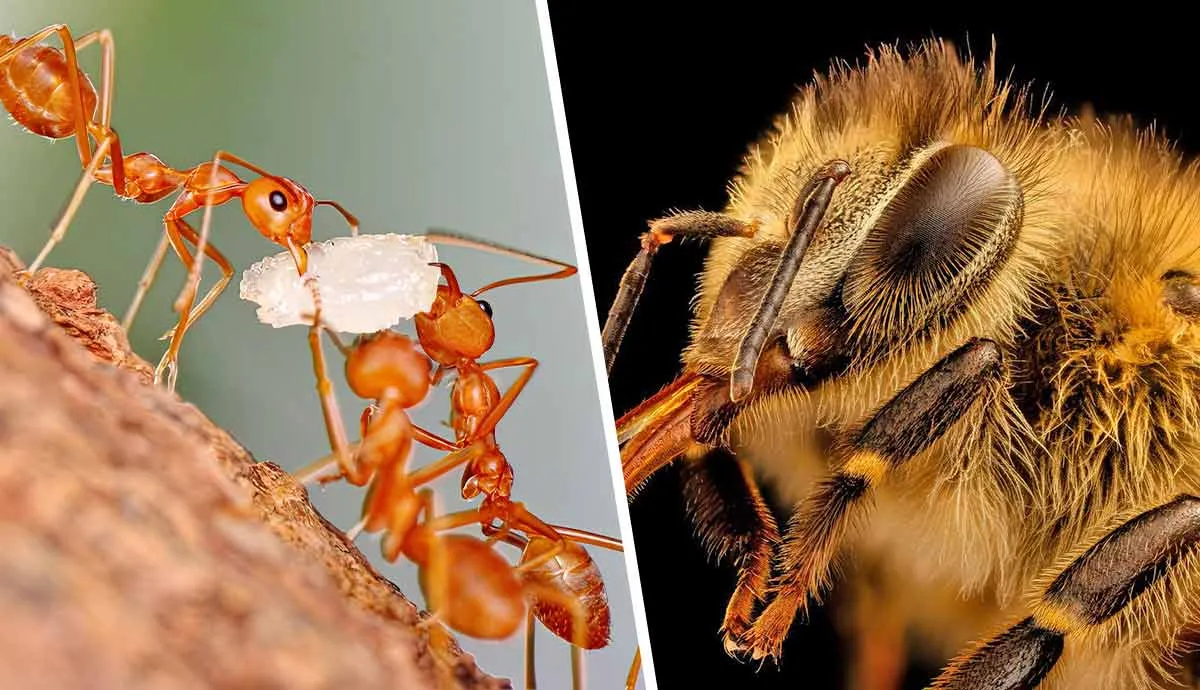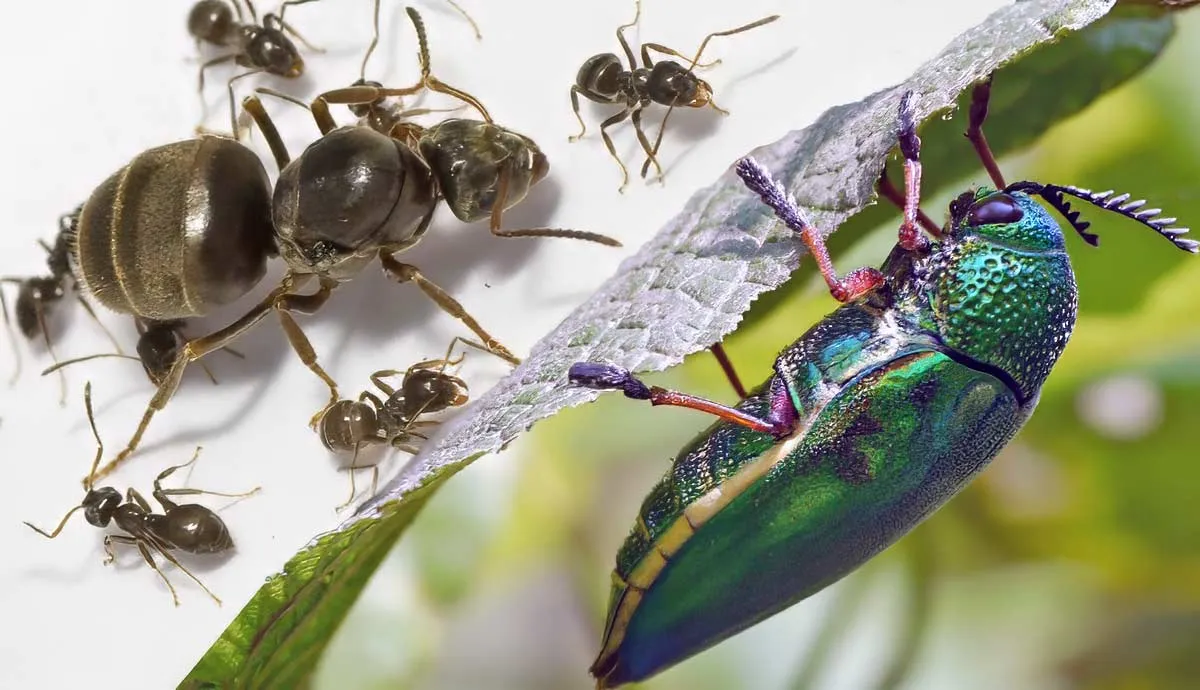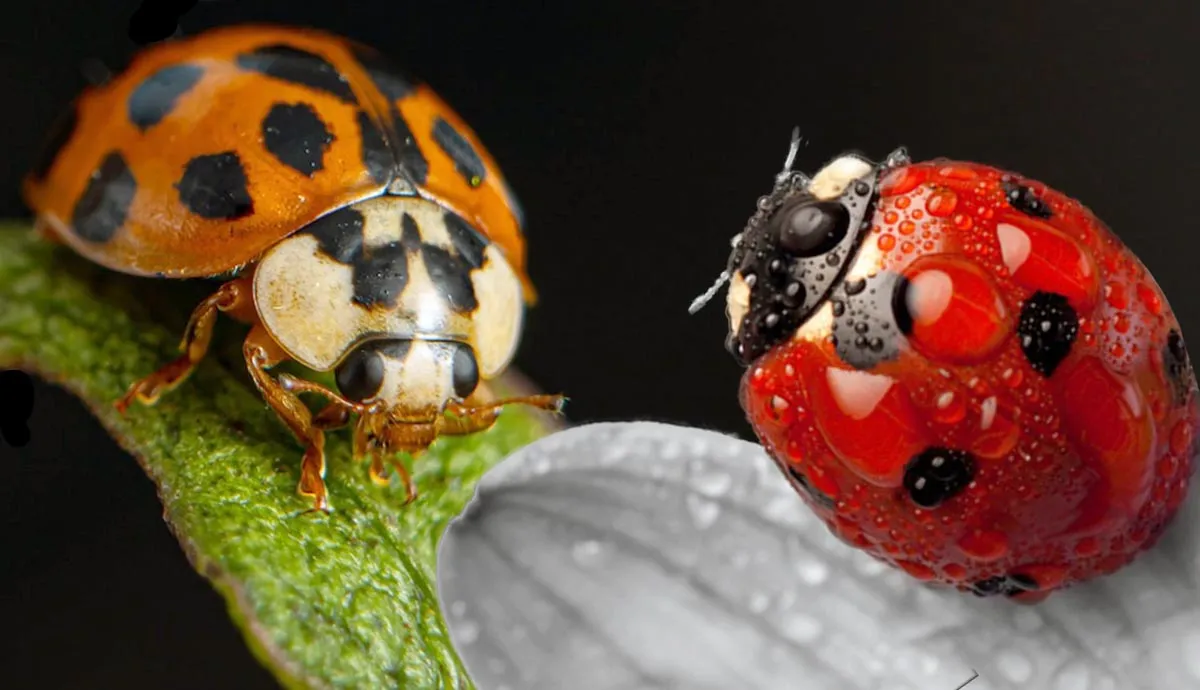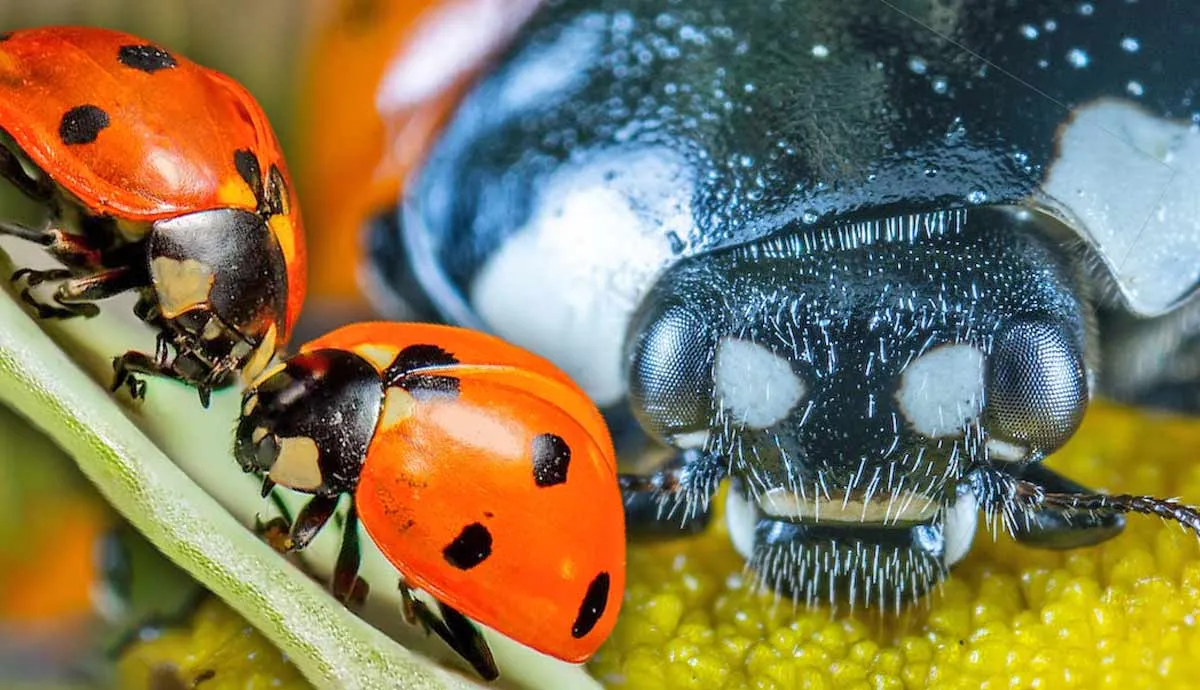If you thought living away from civilization would drown out the noise, you were wrong! Even if you live out of town, you will likely be consumed by the noise of these chirping little heroes whenever the weather is nice, and the leaves are falling. The worst part is that you can’t call in a noise complaint for these little guys!
Crickets use their noise to attract mates. While it may sound nice to crickets of the opposite sex, it sure can be annoying to humans! Hop into the noisy world of crickets below!
Crickets Belong to a Diverse Family of Insects
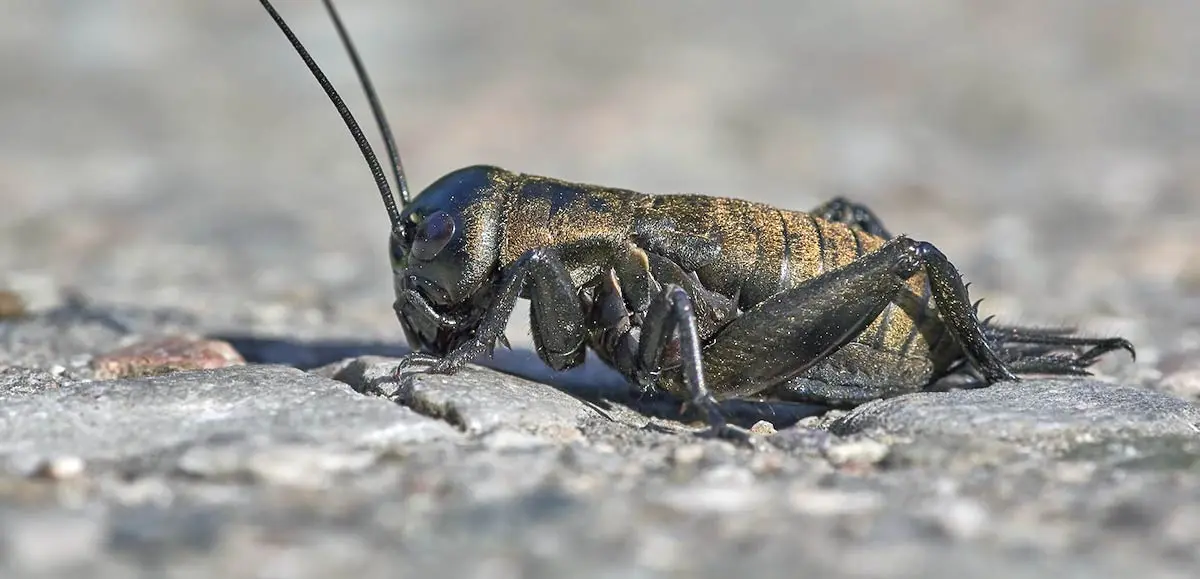
Crickets belong to a very diverse family with an even more diverse dynamic. They belong to an insect order known as Orthoptera. This order includes locusts, grasshoppers, and even katydids, which are bush crickets.
This is put very simply. So, while it may seem simple enough to understand, this is just the tip of the iceberg when it comes to crickets and other types of Orthoptera. This family is home to over 2,400 different species, with more being discovered as days go by.
These insects have their own traits that set them apart, coming in a wide range of sizes, habits, colors, and behaviors. They’re among the most fascinating insects on Earth––not an easy feat, considering there are billions of crickets.
You can find teeny tiny crickets and gargantuan crickets. These are only some of the diverse things happening in the noisy world of crickets.
Crickets Go Through Incomplete Metamorphosis
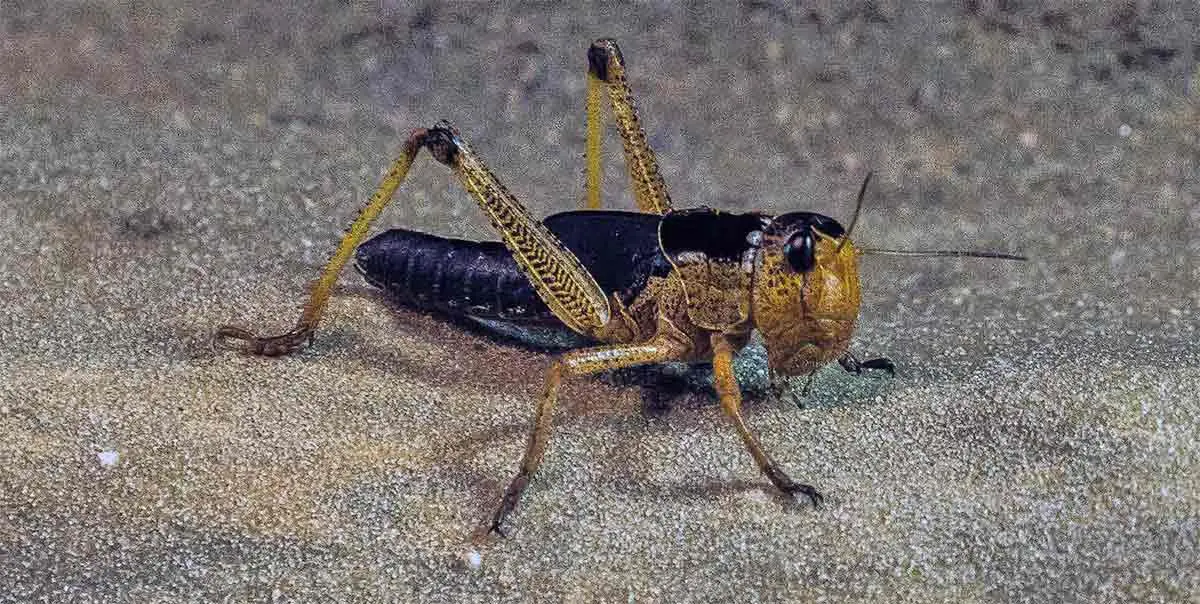
The life cycle of a cricket actually gives a lot of enchanting insight into their fascinating world. Did you know that crickets go through incomplete metamorphosis? This means that they start off as eggs, hatch into nymphs, and then begin growing. They don’t evolve in the same way butterflies or moths do.
As they continue their growth cycle, crickets will go on to malt several times. After multiple malts, they will develop their wings and important reproductive organs. As they age, they will learn how to adapt to the conditions that surround them, such as weather patterns.
This in-depth growth cycle makes their start to life as strong as possible for their own longevity.
Chirp, Chirp: Sounds of the Night
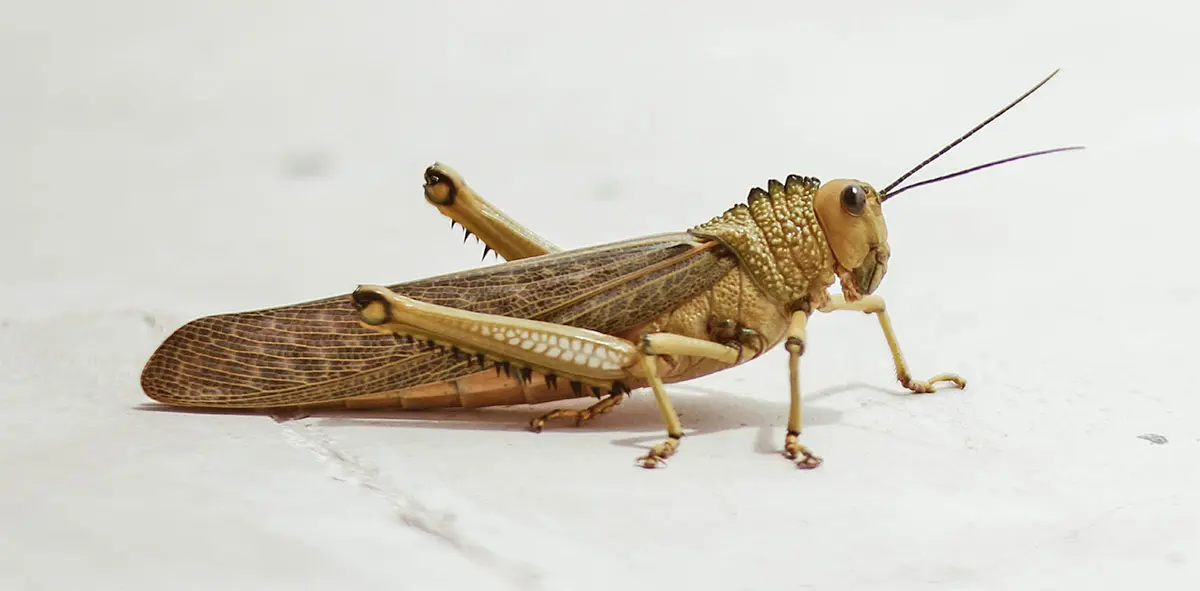
If you’ve ever sat outside on a warm summer evening, you know just how beautiful listening to crickets can be. However, these chirps have a deeper meaning that goes far beyond being nice to listen to. The noise that male crickets make is very important in the noisy world of crickets.
Their songs are used for a variety of reasons. When you hear crickets, you are listening to an orchestra of courtship, communication, and competition. By just changing the pitch of their chirp, they are giving clues about their reproductive success and even their health.
Only males make the chirping sound when they display a behavior known as stridulation. Stridulation is what occurs when they rub their wings together to attract females, deter competing males, and communicate with each other. The chirping sound varies in both frequency and pattern.
Crucial Roles Crickets Play in Nature
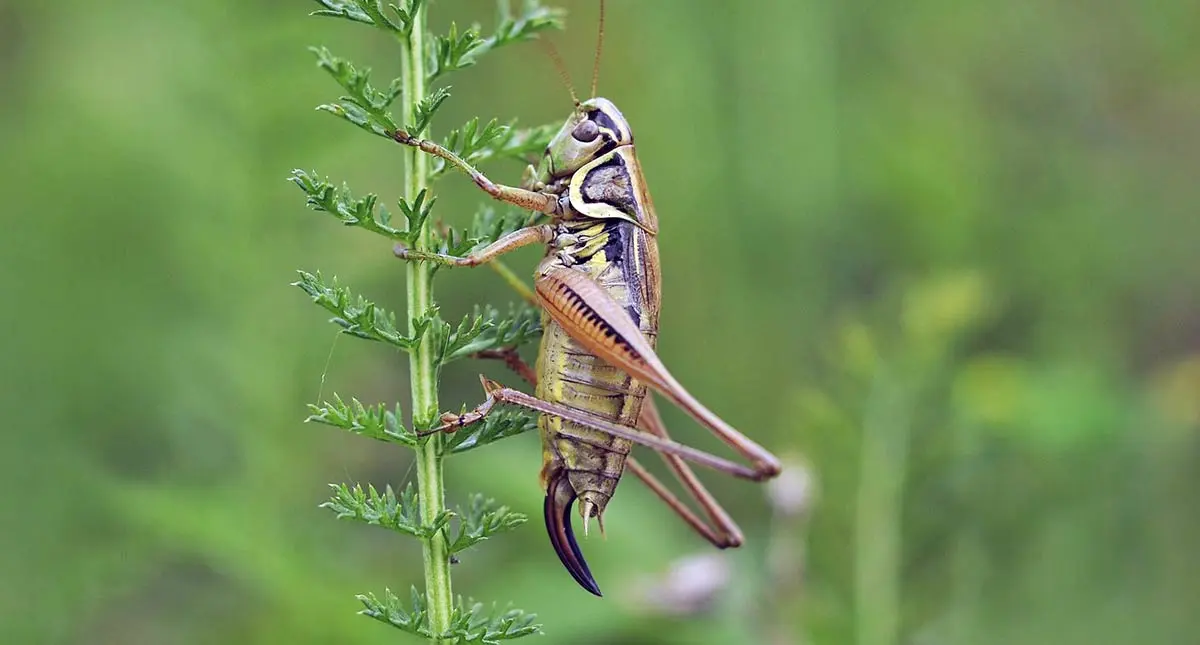
While it may not seem as such, crickets play a very crucial role as both decomposers and consumers in many ecosystems. As omnivores, crickets feed on many different things, including plant matter, decaying material, other insects, and the occasional small vertebrates. They have resourceful scavenging habits that allow them to make use of nutrients in the environment.
While crickets feed on many things, they also fall prey to many animals. Reptiles, amphibians, and even birds will rely on crickets as part of their diet. Crickets supply a lot of nutrients when consumed by the animals that prey on them.
Crickets Have a Deep Cultural Significance
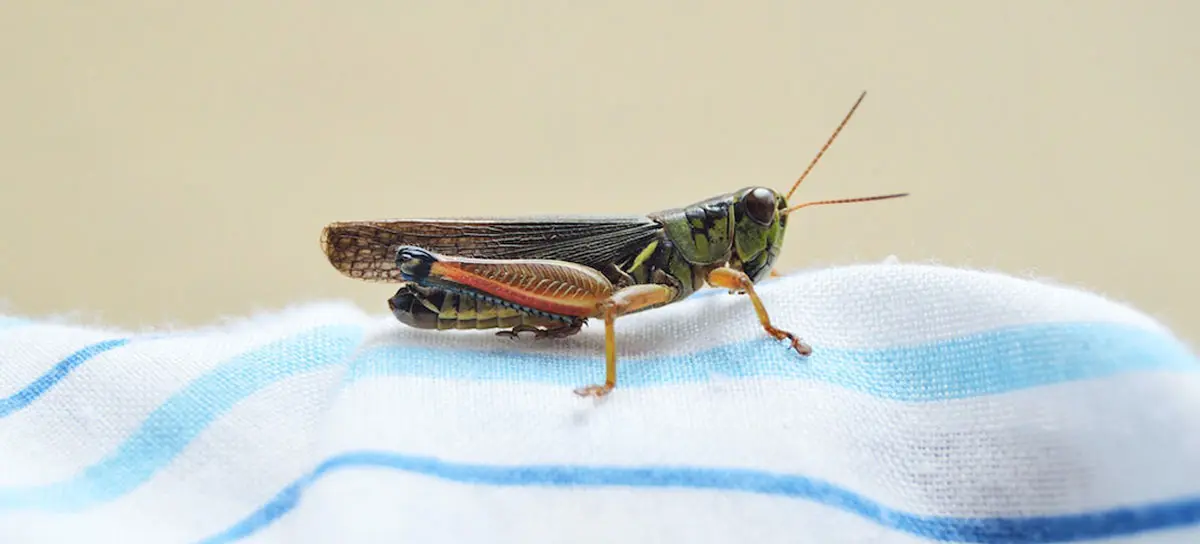
While they may be put on the back burner when we think about culturally significant creatures, crickets actually hold a unique significance throughout cultures and history. Personally, crickets have always been a sign of good luck for my family. For a long time, the idea that crickets are lucky has been spread from generation to generation.
When tracking this belief down, I found out it began in China where crickets were actually signs of good luck and abundance. Even in literature, crickets have always been associated with change, luck, prosperity, and resilience. The symbolic value of crickets can be seen throughout many different societies.
Conservation Efforts and Challenges: Preserving Crickets

When listening to crickets in nature, you would think they’re out in abundance. However, they actually face a lot of challenges in this day and age. Urbanization has had an intense impact on these little guys, and agricultural expansion also poses a huge threat to the cricket population throughout the world.
Cricket populations have also been hit by pesticide use in farming as insects are very susceptible to chemicals. On top of all of this, climate change is abruptly impacting cricket habitats, life cycles, and populations. Sadly, many cricket species have been gravely impacted by these threats and have become endangered.
Luckily, there have been a lot of conservation efforts to protect these little guys. With hopes of maintaining balance in the ecosystem, conservationists have been working to raise awareness, preserve natural habitats, and study as much as possible about these noisy critters.
